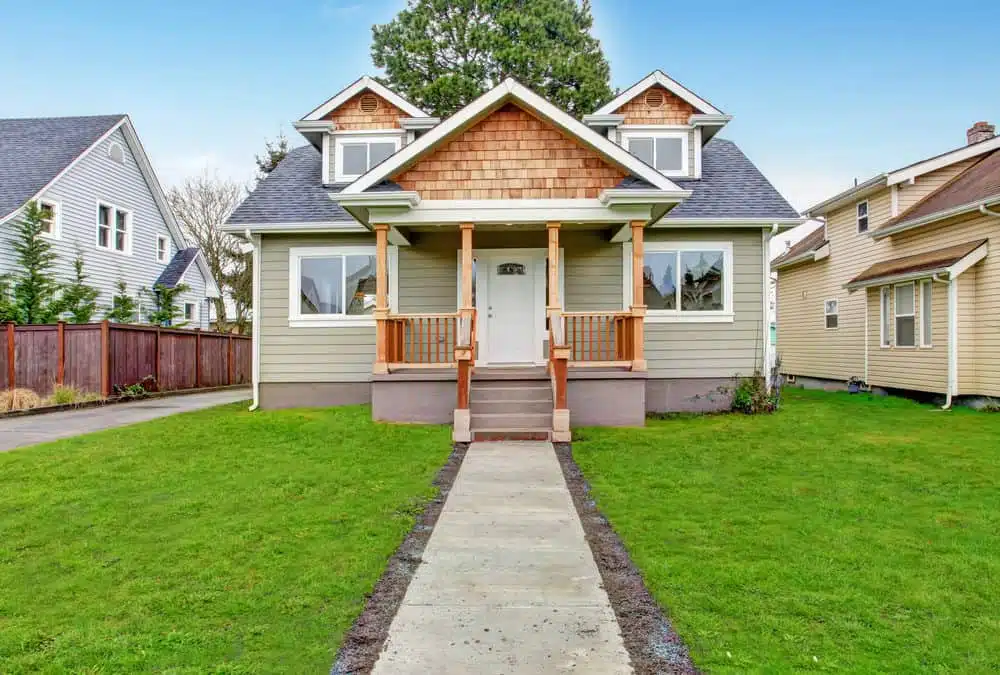Never overlook the importance of primer when it comes to making sure that your exterior paint projects are correctly and professionally painted. Although it may appear pointless to apply a primer coat of paint that seemingly serves no apparent purpose, the benefits of this vital step in the painting process should not be overlooked or ignored.
Why Is Primer Important?
Before painting bare exterior wood, you should use a primer to seal the grain, reduce bleed-through, and increase paint application. Other materials, such as metal, stucco, and concrete, should also be primed for similar reasons. It may appear to be more effort, but it can help you save time, paint, and money!
A powerful binder is used in primer to fill pores and increase paint adherence. It helps smooth out rough surfaces such as brick or rough-cut wood, allowing you to achieve a more consistent paint cover while saving money on paint. It also prevents tannins from seeping through and staining the topcoat.
Four Major Perks of Using Primer
Here are a few perks to utilizing primer when painting exterior projects:
Improved paint adhesion: Adhesion refers to the paint’s ability to adhere to the surface you are painting. Different surfaces will react differently to paint. This influences how effectively your painted surface will resist flaking, peeling, and chipping in the long-term. Primer is designed to adhere to all surfaces, particularly to paint. This means that the final layers of your paint application will have the ability to endure and last for years to come. Priming is essential when you are painting any type of surface that doesn’t react well to your paint. Many different types of primers are better suited for particular surfaces, so be sure to do a bit of research before diving right in.
Covering darker colors: If you are painting over a dark-hued surface, keep in mind that the darker tones will typically bleed right through applied paint, especially if the paint being applied is a lighter shade. Primer is the utterly opaque answer to this problem. Applying a primer to a darkly colored surface will provide a receptive surface to a lighter paint shade without any negative repercussions.
Longer-lasting paint: You cannot have a sturdy structure without a strong foundation. This idea applies not only to modern buildings but to painting as well. Primer can be used to seal any imperfections on the surface you are painting and prevent the accumulation of air or moisture that can damage the paint.
Improved appearance: Primer is heavier and thicker than a standard coat of exterior paint. It creates a flawlessly smooth and level surface. This helps conceal some of the surface’s intrinsic characteristics, such as joint seams, wood knots, or other abnormalities. These surface irregularities will shine right through a layer of exterior paint. Still, with the addition of a primer coat, they will be much less noticeable.
Final Thoughts
Primer is a crucial aspect of having a professional-looking exterior paint job. It will improve the paint adhesion, allow you to paint over darker colors, extend the life of your paint, and improve the overall appearance of your exterior paint project.

